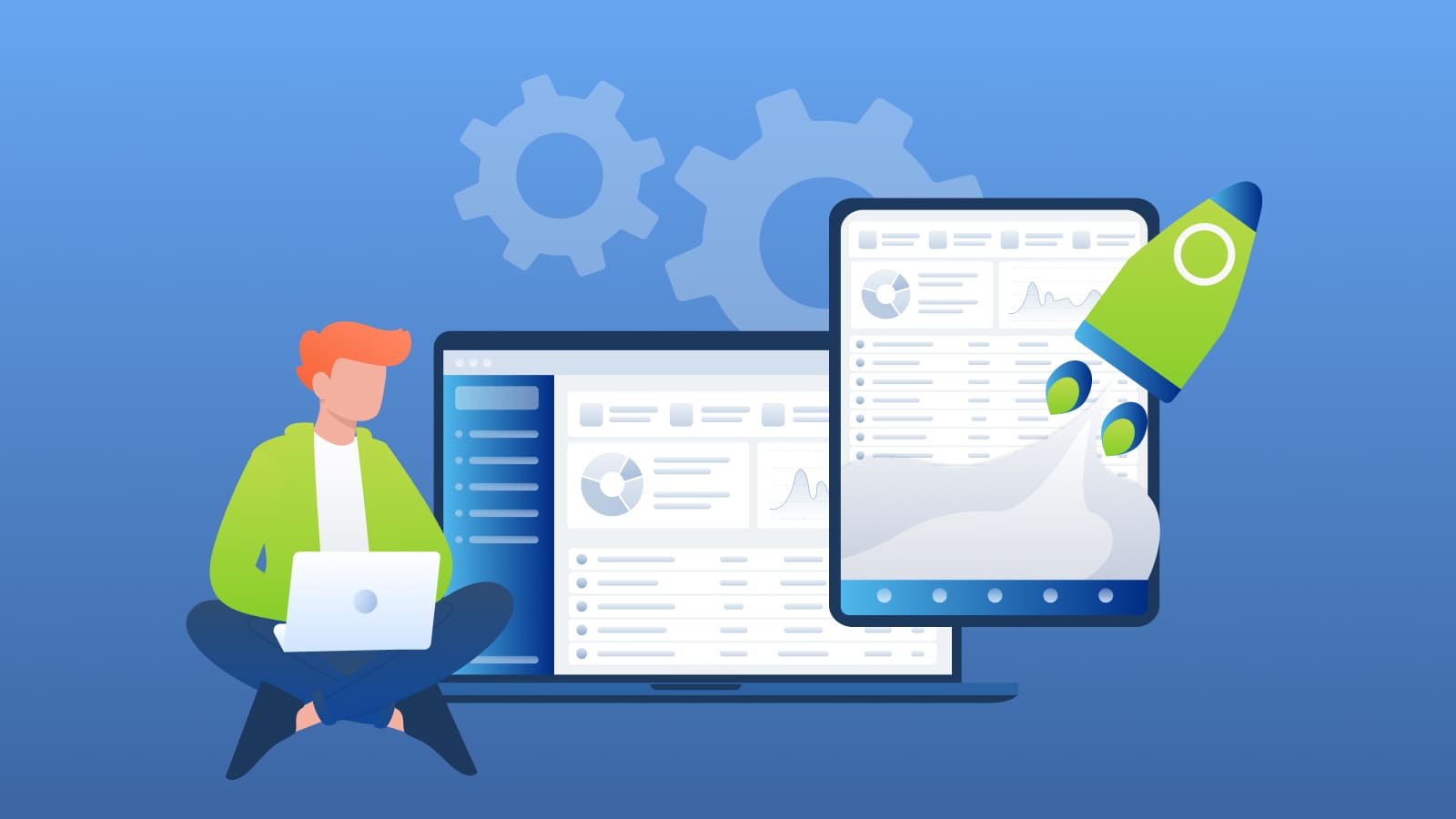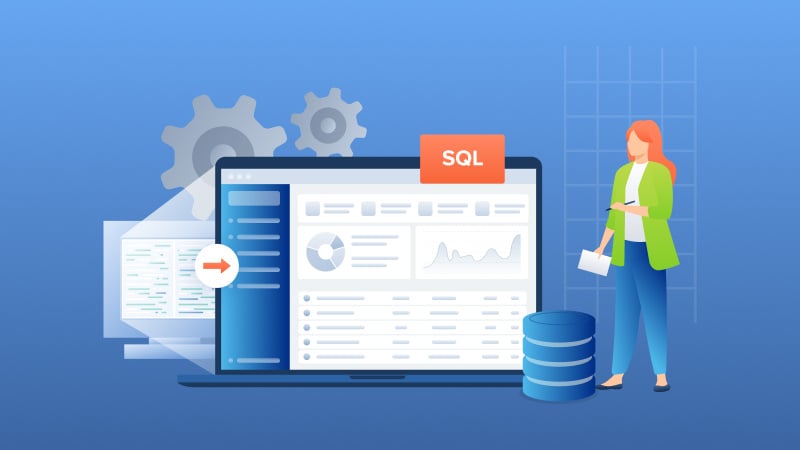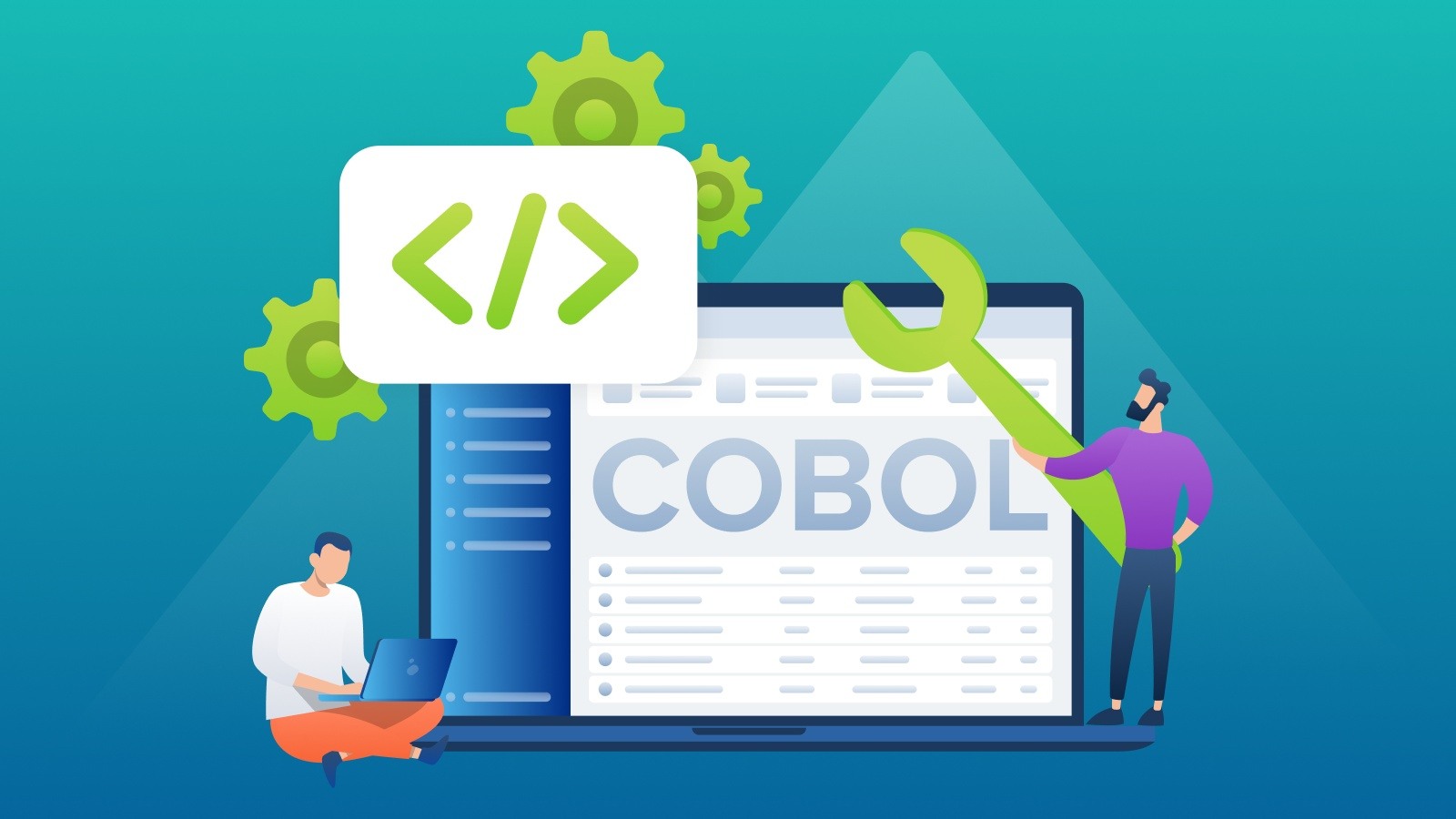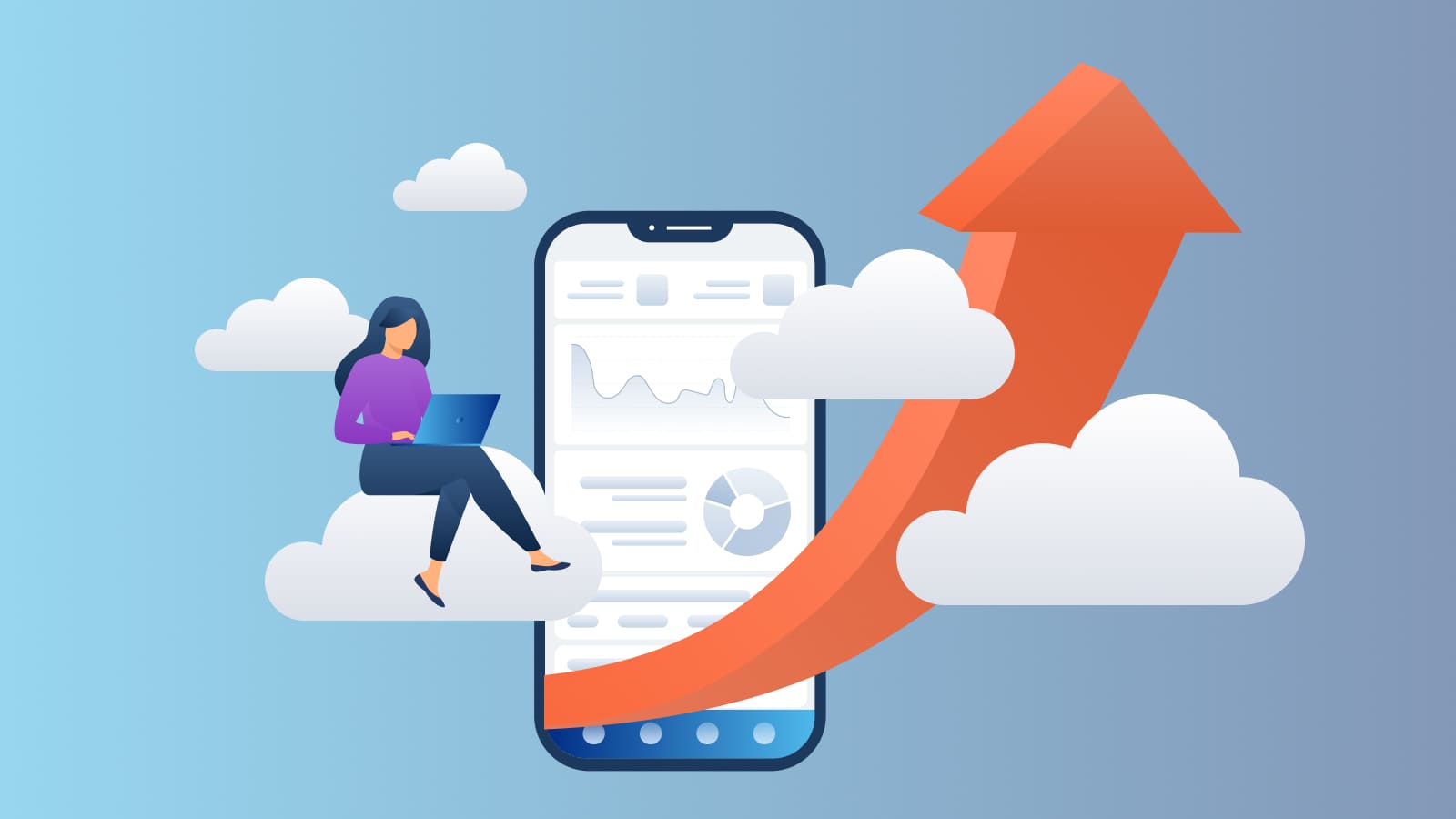Why Migrate from Btrieve to PostgreSQL and other Relational Databases?
Introduction Many independent software vendors (ISV) and corporate users still rely on applications that use a category of database collective called...
6 min read
 Mertech
:
Jul 6, 2024 11:30:00 AM
Mertech
:
Jul 6, 2024 11:30:00 AM

Gone are the days when application modernization meant endless overhauls and daunting transitions.
Today, app modernization offers the seamless integration of advanced technology into legacy systems, enables cloud migration for data accessibility, and brings the power of DevOps automation to your fingertips.
These application modernization trends are here to adapt to your needs, making the process smoother and more efficient than ever before.
In this blog, we'll explore in-depth the 6 key application modernization trends that can help you transform your legacy systems and the different tools you can use.
Let's dive in!
Application modernization transforms outdated applications into modern solutions, and about 87% of IT executives recognize the need for legacy app modernization.
But why does app modernization take center stage?
Modernizing critical applications enables you to meet contemporary user demands and enhance your services. Additionally, keeping up with app modernization trends helps you face and tackle the most common application modernization challenges as they arise.
The outcome?
Software primed for the digital age boasts improved scalability, enhanced security features, seamless user experiences, and simplified maintenance.
This makes application modernization the shortcut to creating a robust software infrastructure and enabling your business to thrive amidst the digital revolution.
In the world of app modernization, things are changing fast – and if you're not keeping up, you might fall behind.
More and more businesses are realizing they need to give their software a modern twist to meet today's user needs. And that's where app modernization trends come into play.
So, buckle up and get ready to explore the exciting world of legacy modernization trends and the main benefits of application modernization.
Low-code and no-code development enables you to craft basic software applications easily, making it especially useful for those with limited programming skills.
The prediction is that by 2025, 70% of apps will be created with low-code/no-code tools.
So, why are low-code and no-code development at the forefront of mainframe modernization trends?
Cloud-native applications are quickly becoming the industry standard. The prediction is that 90% of all apps will be cloud-native by 2025.
Built on the foundation of microservices technology, these adaptable software solutions can undergo continuous enhancements—a critical aspect of ongoing application modernization.
But what sets cloud-native applications apart?
They offer a competitive edge by accelerating the release of new versions and updates while also providing cost-effective operations.
Moreover, their inherent flexibility enables dynamic adjustments, reliable performance, and minimal downtime. And when it comes to their UX, they provide enhanced customer satisfaction and seamless experiences.
In the ever-changing world of application modernization, PWAs have emerged as a game-changer. These dynamic applications are designed to run seamlessly on any device, whether a mobile phone or a desktop computer, as long as it has an internet browser.
The advantages of PWAs are clear:
Our team of application modernization experts created a complete guide on developing cross-browser web applications before, but you'll quickly discover that PWAs trends take that approach to even new heights.
Personalization (often called the Internet of Behavior) empowers you to harness vast volumes of data. This data can be transformed into valuable insights about your users and operations.
This comprehensive approach to personalization involves analyzing data from various sources, including sales insights from CRM software and patterns identified within ERP systems.
You can tailor and enhance internal and external customer experiences with these insights.
AI and ML can tremendously accelerate your app modernization process. These innovations work hand in hand with high-performance computing and data caching. This enables them to assess legacy applications, identify areas for improvement, and automate code refactoring and testing.
The result?
This reduces the workload on architects and developers, lowers the risk of suboptimal solutions, and results in high-performance, secure applications.
Integrating ML and AI in data analysis, predictions, and automation further improves user experiences, aids automated decision-making, and provides efficient, personalized applications.
DevOps finds its natural fit in app modernization by fostering cross-functional teamwork between IT departments and the broader organization. This approach ensures that developers engaged in modernization align their efforts with the company’s larger business objectives.
DevOps also addresses communication gaps and productivity bottlenecks, setting the stage for accelerated deployments, enhanced quality, and increased flexibility.
Moreover, as cybersecurity concerns grow, DevOps emerges as a crucial trend in application modernization. By integrating security practices throughout the modernization process, you prioritize security in your modernized applications, guarding against potential vulnerabilities.
Application modernization tools are your ultimate assistants in the modernization process.
From modernizing applications for the Cloud to AI-powered code refactoring, the application modernization tools available today can help you manage and streamline every step of the process.
Here are some of the critical tools and technologies driving the application modernization trends of 2024.
Did you know that 85% of businesses believe that APIs are essential for their digital transformation initiatives?
APIs (Application Programming Interfaces) have become the backbone of modern application development. These versatile tools enable seamless communication between software components, allowing applications to interact and share data effortlessly.
For instance, industry giants like Google and Facebook provide APIs that allow developers to integrate their services into third-party applications, expanding their reach and functionality.
By implementing APIs strategically, businesses can unlock new revenue streams, enhance customer experiences, and accelerate innovation.
Want to know more? One of our expert senior engineers walks you through a real-life example of application modernization through APIs and cloud solutions step by step.
Microservices architecture is revolutionizing how applications are designed and developed. Instead of monolithic, unwieldy applications, microservices break down complex systems into smaller, manageable services.
The result? Increased agility, scalability, and fault tolerance.
Moreover, this means your application can scale independently, so you can allocate resources where needed most, leading to cost savings and improved user experiences.
The microservices approach empowers developers to work on smaller, specialized components (app modernization microservices), speeding up development cycles and facilitating continuous integration and deployment.
Cloud platforms have become synonymous with application modernization. That's because leveraging the cloud offers unmatched flexibility, scalability, and cost-efficiency.
Think about this: With cloud platforms, you can adapt to changing business demands in real-time, pay only for the resources you use, and ensure the availability and security of your applications.
Additionally, leading cloud providers like AWS (Amazon Web Services), Microsoft Azure, and Google Cloud offer a wide range of services to support your modernization efforts.
Migrating data is a critical aspect of application modernization, so having reliable data migration tools is a must.
These tools can help you seamlessly transition your data from legacy to modern environments. Need an example? Check our guide on how migrating Btrieve to SQL becomes substantially easier with such tools.
Imagine the impact: Efficient data migration tools ensure data integrity, reduce downtime, and minimize the risk of data loss. With them, you can harness the full potential of data while modernizing your applications for improved performance and functionality.
As we look ahead in the world of application modernization, emerging technologies will be the driving force. Imagine applications that understand your needs, optimize processes, and provide personalized experiences.
With AI and ML, this is becoming a reality. They empower businesses to gain deeper insights, automate tasks, and enhance decision-making. Applications will proactively identify bottlenecks, suggest optimizations, and predict maintenance needs.
IoT is also changing the game. Applications will seamlessly integrate IoT data for predictive maintenance, smart automation, and improved user experiences.
Blockchain isn't just for cryptocurrencies; it's about trust and security. Modern applications must always securely store data, ensuring integrity and transparency.
As you can see, the future of application modernization is teeming with transformative potential. With AI, IoT, blockchain, and other technologies reshaping the landscape, staying ahead of the curve is imperative.
Organizations can stay competitive, improve user experiences, and achieve cost efficiencies by embracing trends like cloud-native development, AI, and low-code platforms.
Don't let your legacy systems hold you back. It's time to modernize and transform for the future.
If you're looking for a reliable app modernization partner, Mertech is here to help. With our expertise, extensive application modernization services and our commitment to staying at the forefront of technology trends, we'll help you modernize your applications seamlessly.
Application modernization often involves dealing with legacy systems, which can be complex and challenging to update. Some common challenges include:
Application modernization comes with a wide range of benefits, including but not limited to:
Application modernization may not be suitable for organizations with very limited budgets, those planning to retire legacy systems soon, or those with unique requirements that can't be met through modernization.
The consequences of app modernization are related to high initial costs, potential disruptions during the transition, and the need for staff training.
Additionally, you have to deal with different constraints imposed by legacy systems and the extent to which modernization can address specific needs. To mitigate these obstacles, plan well before initiating an application modernization project.

Introduction Many independent software vendors (ISV) and corporate users still rely on applications that use a category of database collective called...

COBOL applications are the foundation of numerous essential business functions, especially within the banking, insurance, and government sectors....

Imagine breaking free from the constraints of old, monolithic systems and embracing the agility and innovation of cloud-based solutions.